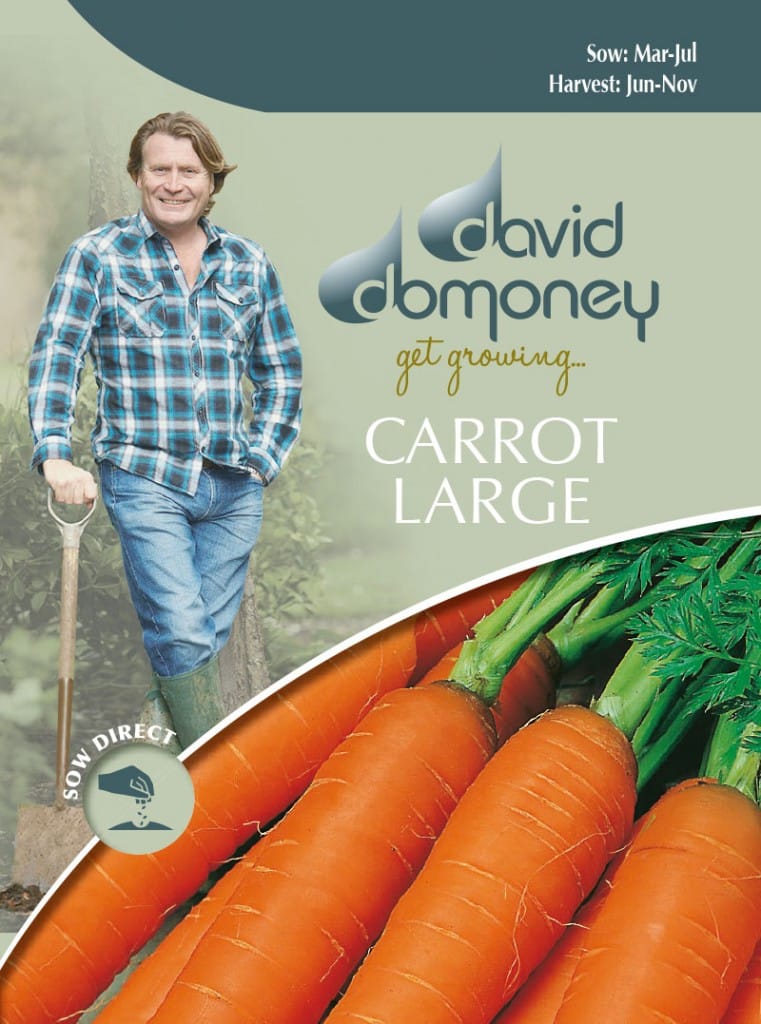Carrot Large
Carrot Jitka F1
A reliable and productive maincrop variety with a long harvest period lasting late into the autumn. Berlicum types such as this are known for their extra long, thick smooth skinned roots. They also develop a deep colour and have a fine traditional carrot flavour.
Growing Advice

Sow Indoors
Carrots should be sown outdoors, directly where they are to grow.
Sow Outdoors
Sow outdoors March to July. Sow thinly 1.5cm deep directly where they are to grow, in rows spaced 30cm apart or into large containers. Keep the soil moist and weed free at all times. Seedlings should start to appear approximately 14-21 days. If necessary thin the crop as it grows by taking roots evenly from the row. It is good practice to water well after thinning out, to wash any dislodged soil back around the roots of the remaining plants. Sow a new row every 2-3 weeks to extend your harvest period, ensuring there are always perfect, crisp young roots available.
Top Tips About Seeds
- Once the seed packet has been opened, the seeds can be stored in an airtight container until required for further sowings.
- Carrot seed are best used fresh so start again with a new packet each year. Although there are lots of seeds in a packet, repeated sowings through the summer is recommended, so they are unlikely to last more than one season.
Growing in Containers
Carrots can easily be grown in patio pots tubs, troughs and any other deep container. Ensure the compost does not dry out entirely and harvest them while young.
Common Problems
Keep well watered during dry spells as this will help prevent the roots from splitting. Carrot fly is the only common pest and if it becomes a problem can be prevented by growing plants under a fine insect netting and delaying sowing until May.
Harvest
Harvest from June to November. If the roots lift easily then harvest alternate roots from the row, leaving more space for the remainder to grow on. On heavier soils it may be necessary to lift sections of the row with a garden fork. In both instances water the remaining roots well afterwards to replace any dislodged soil.
Ideas for using your carrots
Keep the soil moist as the seeds are germinating, if it dries out completely it will set them back. Carrots freeze well so chop up or grate any surplus and freeze for later use. Do not leave the tops of carrots or unwanted roots lying around after harvesting, the scent of them can attract carrot root fly. If they are a big problem try growing spring onions amongst the rows of carrots, it’s been proven to deter carrot root fly, or at least mask the scent of the carrots.

